-
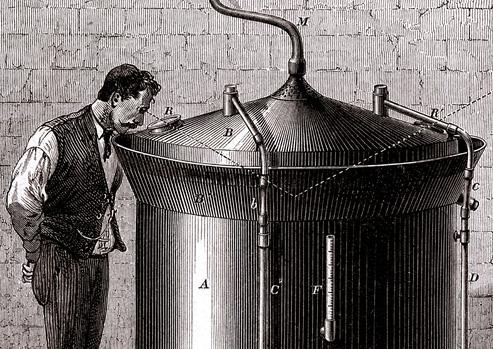
Engraving of a beer vat designed by Louis Pasteur, ca. 1880
Courtesy National Library of Medicine
The closed fermentation tank prevented air-borne bacteria from entering and spoiling the brew.
-
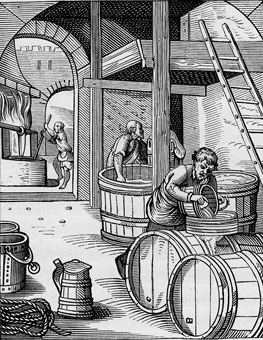
“The Brewer,” engraving by Jost Amman, 16th century
Courtesy National Museum of American History
-
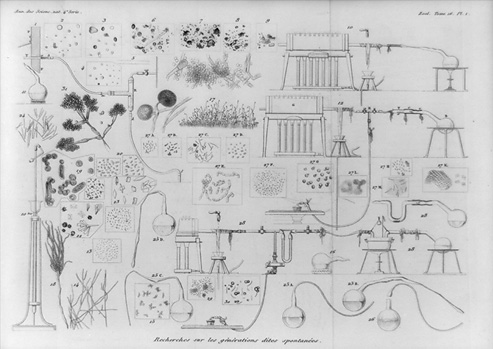
Drawings by Louis Pasteur of microscopic organisms, culturing vessels and equipment from his experiments, 1861
Courtesy Library of Congress
-
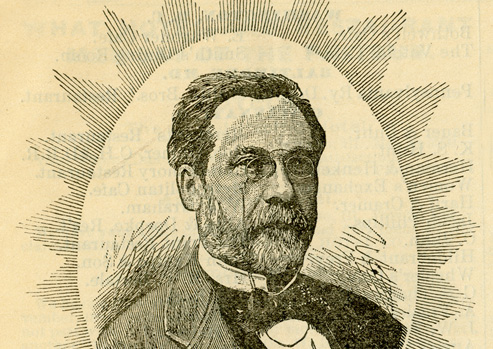
French chemist Louis Pasteur, 1889
Courtesy National Library of Medicine
Pasteur’s work is celebrated as laying the foundation for the science of bacteriology. His investigations on the behalf of French industry established tools and techniques necessary for controlling the productive and destructive power of microorganisms.
-
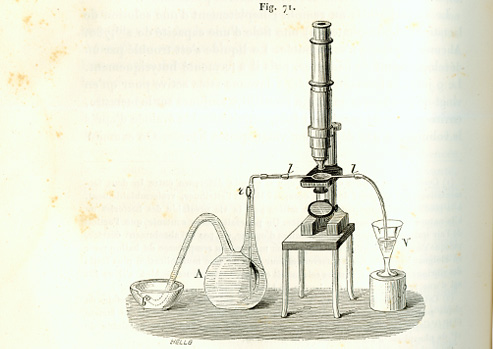
Études sur la Bière (Studies on Beer) by Louis Pasteur, 1876
Courtesy National Library of Medicine
Pasteur published the results of his study of beer-making as Études sur la Bière in 1876. This illustration from his book demonstrates a method for examining the yeast in beer without exposing the sample to contamination from other microorganisms. His publication included plans for a fermentation tank that would prevent air-borne bacteria from entering and spoiling the brew.
-
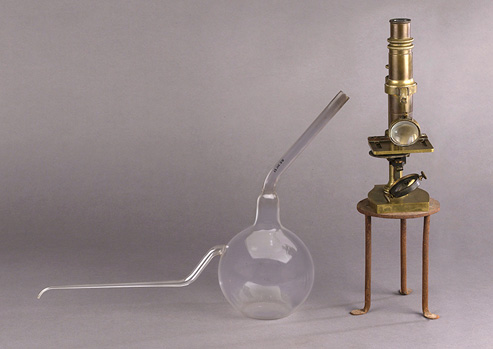
Pasteur flask, early 20th century
Courtesy National Museum of American History
Microscope, made in France by Nachet et Fils, ca. 1860
Courtesy National Museum of American History
Pasteur used special tools and methods for studying the activity of microorganisms in the brewing process. Flasks with long curved necks allowed oxygen to get in while keeping unwanted microbes out. Improvements in microscope lenses made the identification of different microorganisms possible.
-
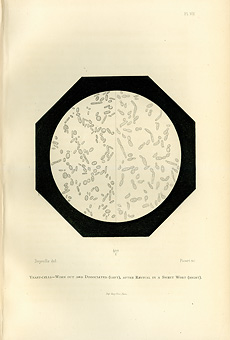
Yeast, Études sur la Bière (Studies on Beer) by Louis Pasteur, 1876
Courtesy National Library of Medicine
An illustration in Pasteur’s book shows what healthy and worn-out yeast cells look like when viewed through the microscope.
-
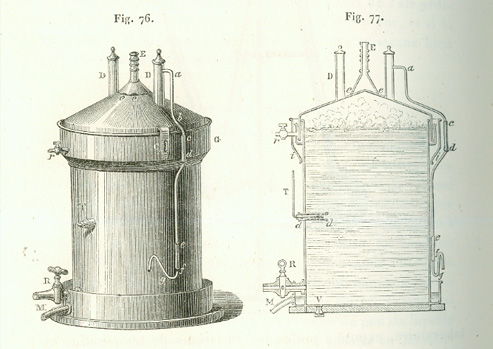
Diagram and cross-section of beer vat, Études sur la Bière (Studies on Beer) by Louis Pasteur, 1876
Courtesy National Library of Medicine
-
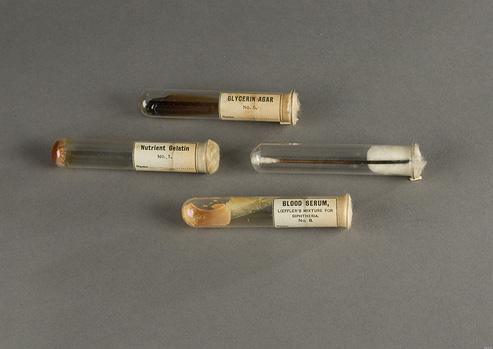
Prepared culture tubes and sterile swab, Parke, Davis & Company, 1898
Courtesy National Museum of American History
These culture tubes were used to grow microbes for identification. They contain a special preparation of nutrients in a jelly-like base. A sterile instrument like the swab was used to transfer the test substance to the tube.
-

“Bacterium Acidi lactici,” Atlas of Bacteriology, 1897
Courtesy National Library of Medicine
Lactic-acid bacteria, a major cause of spoilage in the brewing process, are shown growing on a variety of culture media. Brewing handbooks described the tools and techniques needed for the study of yeasts and bacteria encountered in the brewing process.
-
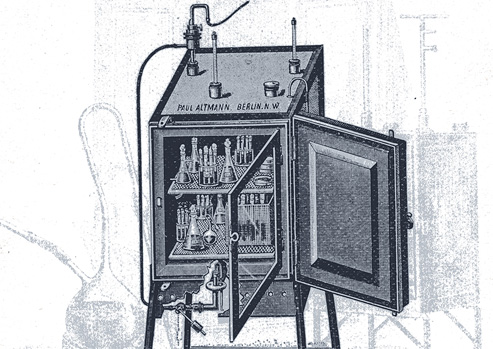
“Incubator” from The American Handy Book of the Brewing, Malting and Auxiliary Trades, by Robert Wahl, PhD, and Max Henius, PhD, 1901
Courtesy National Museum of American History
Brewing handbooks described the tools and techniques needed for the study of yeasts and bacteria encountered in the brewing process.
-
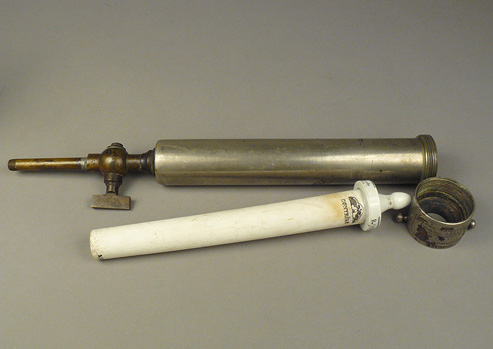
Pasteur Chamberland filter, early 20th century
Courtesy National Museum of American History
Bacterial filters were an essential tool for securing a supply of uncontaminated water and for purifying products in industrial applications. This porcelain filter, developed in Pasteur’s laboratory, had tiny pores that allowed fluids to pass through while holding back bacteria and other microorganisms.
-
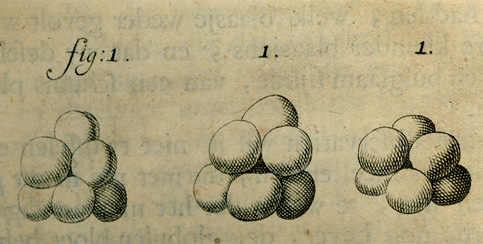
Drawing of Yeast by Anton van Leeuwenhoek, 1680
Courtesy National Library of Medicine
Dutch lens maker Anton van Leeuwenhoek was probably the first person to see yeast. He made this drawing in 1680, after viewing beer through his primitive homemade microscope.
-
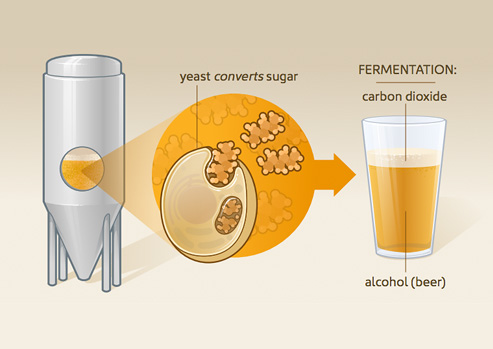
![]() Beer making is an old technology that relies on microorganisms. Brewers, however, barely knew of the existence of microbes, much less the critical role they played in their livelihood. Problems encountered in beer production, motivated scientists to study the secrets of this “invisible world.”
Beer making is an old technology that relies on microorganisms. Brewers, however, barely knew of the existence of microbes, much less the critical role they played in their livelihood. Problems encountered in beer production, motivated scientists to study the secrets of this “invisible world.”
In the mid-19th century, chemist Louis Pasteur worked with French beer makers to discover what was causing their product to spoil. Through his investigation into the “diseases” of beer, Pasteur demonstrated the essential role that yeast, a tiny living organism, played in the fermentation process and identified microorganisms that caused beer to go bad.
Breweries, as well as other fermentation based industries, adopted new scientific tools and techniques in order to better control the productive and destructive power of microorganisms.
















